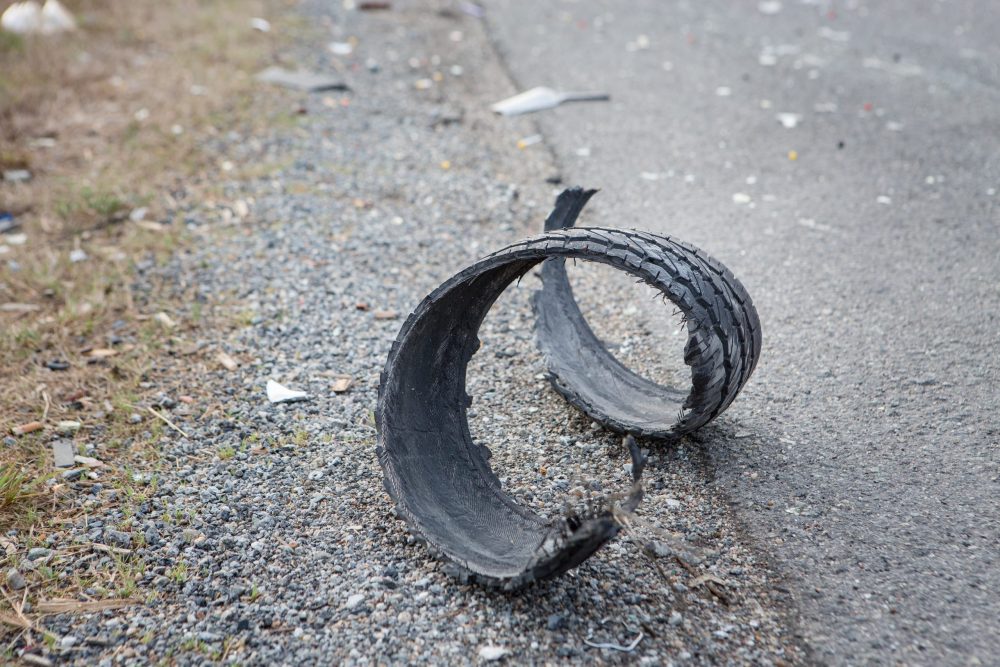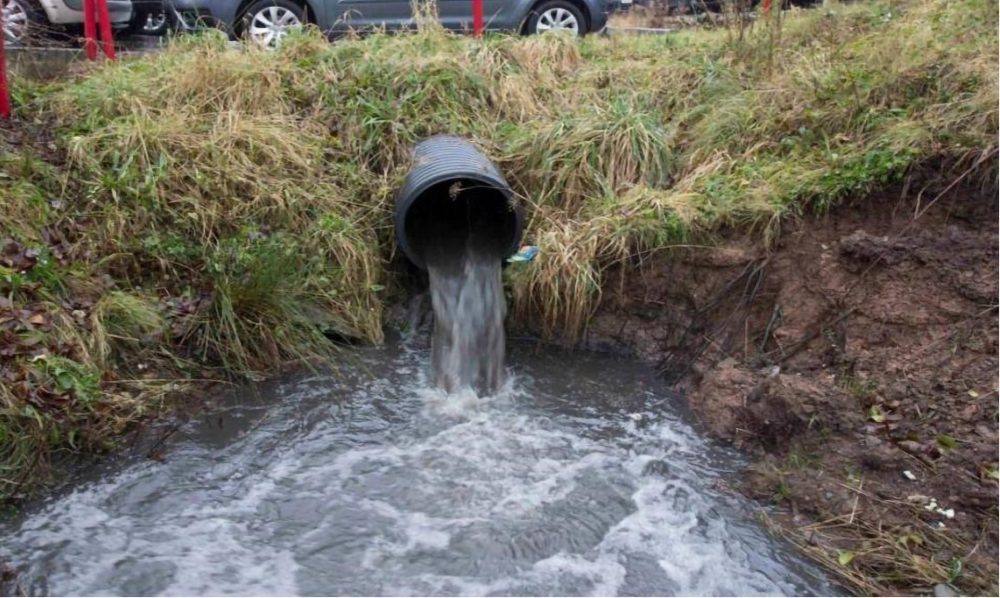Expert study warns about microplastics pollution from tyres
A new Government-backed study pointing to the huge volumes of tyre microplastics being shed all along the UK’s motorways and trunk roads must prompt urgent action to protect rivers and seawaters at pollution hotspots, experts have warned.
The University of Plymouth report, published by the Department for Environment, Food and Rural Affairs (DEFRA) on May 27, is the first to provide real-world evidence that plastic particles from tyres in road runoff could be contaminating up to 100 million square metres of the UK’s river network and 50 million square metres of estuarine and coastal waters.
Sustainable drainage systems can stop tyre particles, and the poisonous contaminants that stick to them, from being washed into sensitive water environments when it rains. The report’s call for follow-up studies must not delay action to tackle a known and serious threat to our water environment, warns SDS water quality specialist Jo Bradley.
Jo Bradley spent more than 20 years working in pollution prevention in urban drainage for the Environment Agency, most recently specialising in road runoff and pollution from highway outfalls. She joined SDS as specialist advisor on water quality in 2017.

Jo Bradley comments: “Tyre microplastics are an overlooked and widespread pollution scandal that should surprise no-one. Previous studies have widely modelled the pollution; common sense even tells us all that tyre wear must end up somewhere.
“Defra must not now kick a very dirty can down the road just because the report calls for more measurement and study of pollution pathways. Known pollution is being consistently neglected, particularly in high-traffic motorway and trunk road ‘hotspots’ in England.
“There is ample evidence that aquatic species and birds ingest microplastics, but it’s not just the plastics that are damaging. The polluting particles emitted by tyres, brakes and exhaust fumes include copper, zinc and Polycyclic Aromatic Hydrocarbons (PAHs), particularly benzo[a]pyrene which is classed as a ‘Substance of Very High Concern’ under the REACH regulations.
“Every time it rains these mutagenic, carcinogenic, bio-accumulative chemicals are being discharged, often in excess of the Environmental Quality Standards, via highway drainage outfalls. They bind to sediment that also silts and chokes the rivers, and some metals dissolve in the surface water.
“But the Environment Agency does not routinely monitor for copper, zinc and benzo[a]pyrene downstream of highway outfalls, so the pollution goes unchecked. There are more than one million discharges of highway runoff across the UK and Highways England has identified 2,500 high-risk pollution locations as part of its ongoing Priority Outfall Programme.
“The locations of many likely polluted waterways are already well documented. While some have been fixed, many more are not currently being actioned. More still are not yet identified or documented.
“The University of Plymouth team suggests that measures are needed to capture tyre particles at the roadside, and this fits well with the concept of Sustainable Drainage Systems (SuDS) to control pollution at source. These outfalls are neither too difficult, costly, nor complex to tackle. We already have both the knowledge and the techniques to intercept tyre microplastics before they pollute our water environments.
“The Highways England Design Manual for Roads & Bridges and the CIRIA SuDS Manual C753 both detail manufactured devices and sustainable drainage components that can reduce this pollution.
“Filter drains retain suspended solids in the spaces between the stones. Innovative new engineered media can be added to filter drains to capture dissolved heavy metals. Sedimentation devices such as vortex separators, oil water separators, SuDS ponds and basins will remove tyre particles. Unlike the simple sumps widely installed in roads across the country, they will prevent the sediment from being washed out when it rains. The solution depends on the site; especially at high risk locations, a management train of treatment devices is advisable to keep persistent bio-accumulative chemicals out of the environment.
“New smart sensing and remote monitoring technologies are now also being developed that can measure the deposited sediment in gully pots and vortex separators so that maintenance is targeted and costs minimised.
“More empirical evidence following on from this groundbreaking study might add further weight to the argument in a few years’ time and SuDS device manufacturers, including SDS, will gladly work with Defra on the best available and developing technologies. But our aquatic habitats need to be protected now, or some species might have disappeared by the time anyone gets around to fixing the pollution.”

SDS is a market-leading sustainable drainage manufacturer in the UK. SDS-Aqua-XchangeTM is a sustainable drainage material which turns roadside filter drains into treatment devices that capture copper and zinc pollution. Added to filter drains, a layer of SDS Aqua-Xchange™ engineered media uses the processes of adsorption and ionic exchange to capture and retain the metals dissolved in the runoff as they filter through the material.
SDS Aqua-Swirl™ is a vortex separator already widely used and proven to capture suspended solids in road runoff where high pollutant loads are expected. For even more challenging sites, the SDS Aqua-FilterTM combines the vortex separation with filtration of stormwater to deliver reliable removal of suspended solids and soluble pollutants together.




















